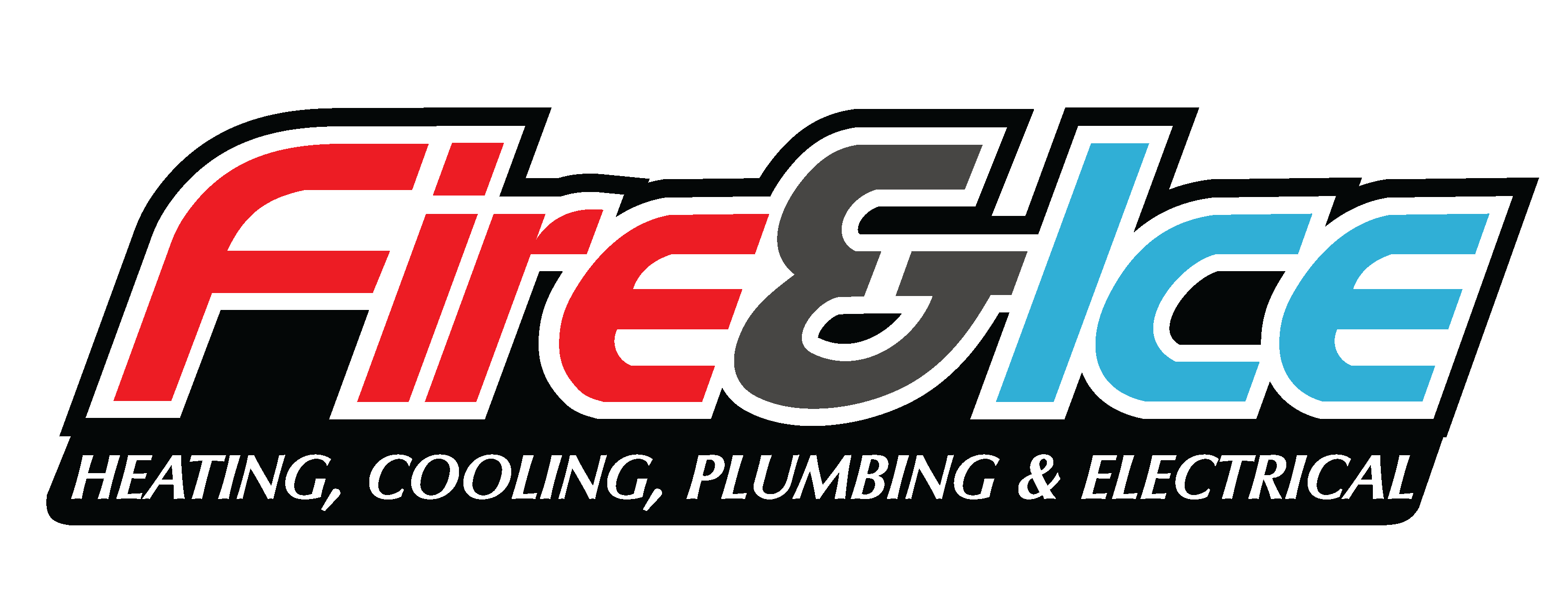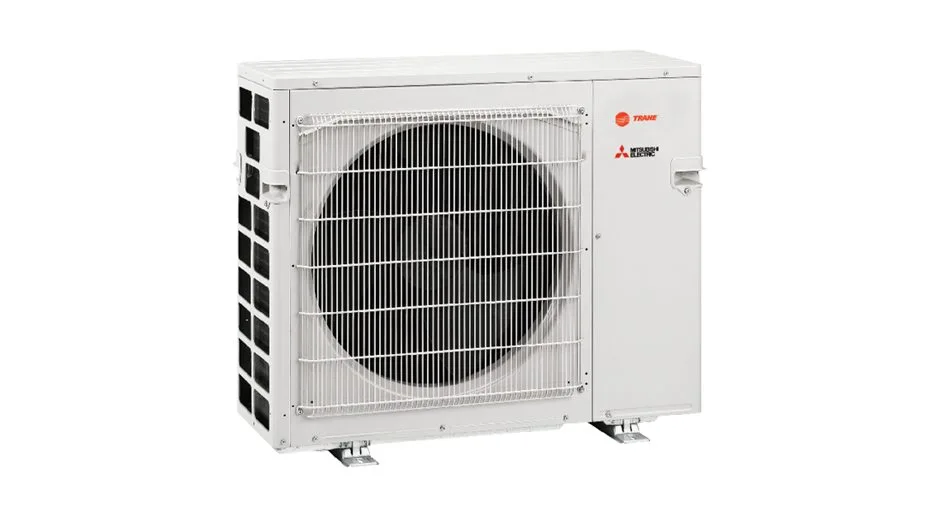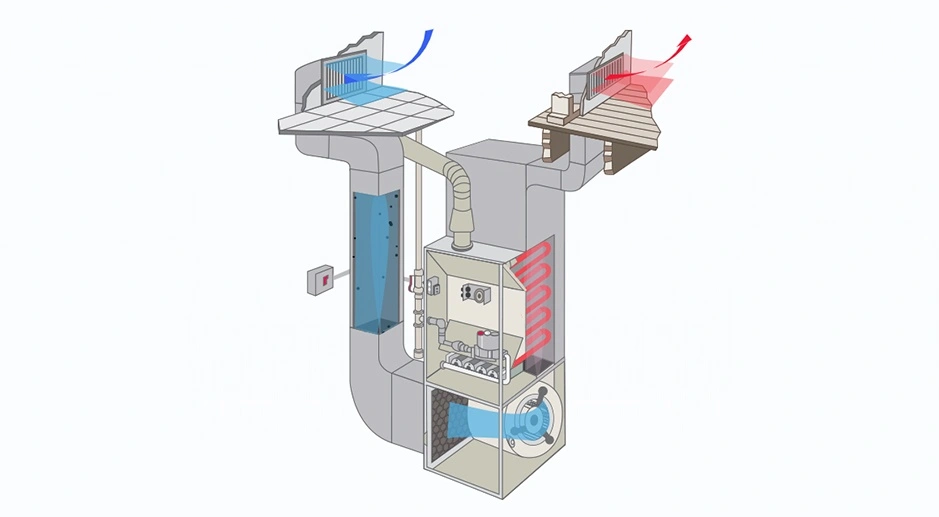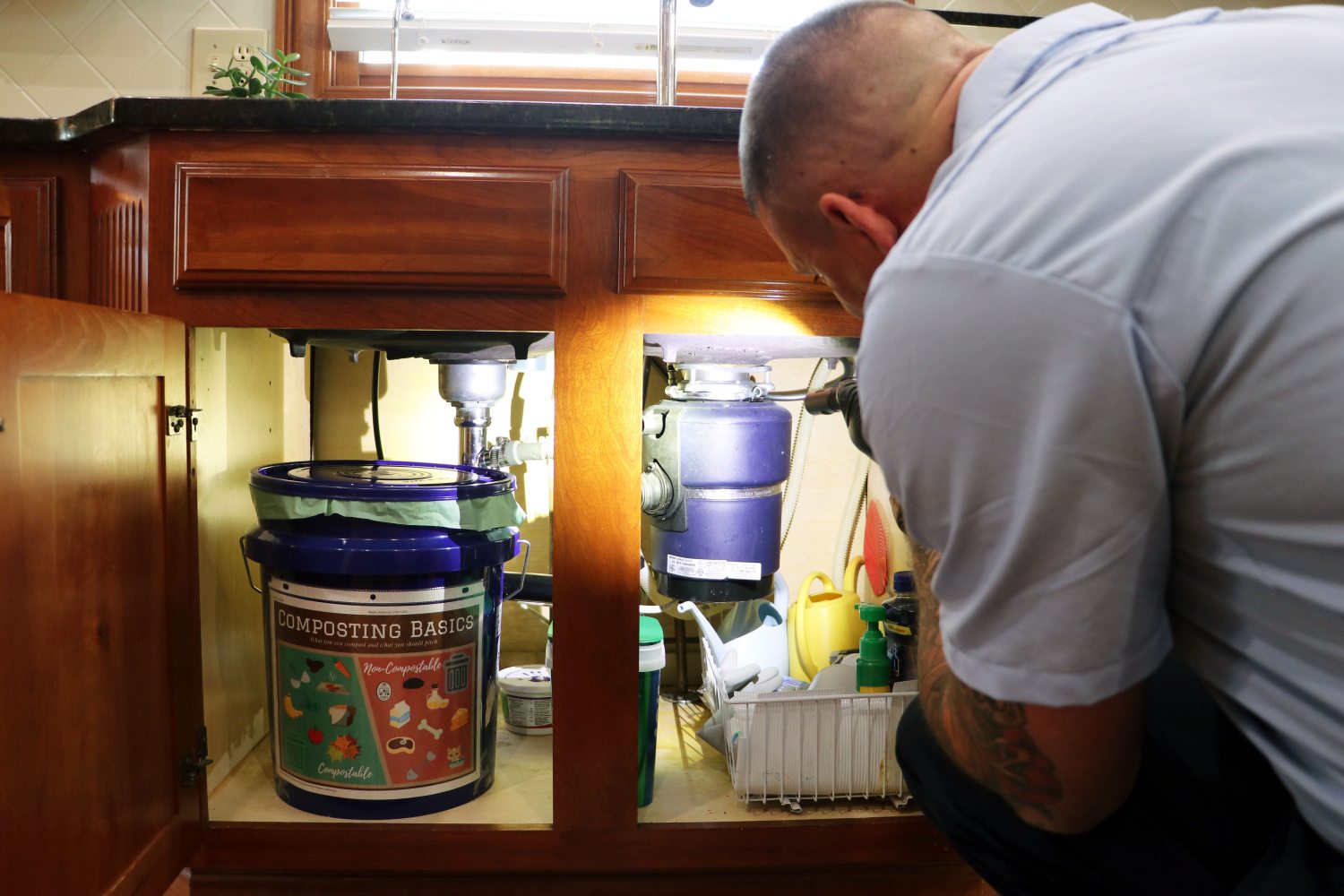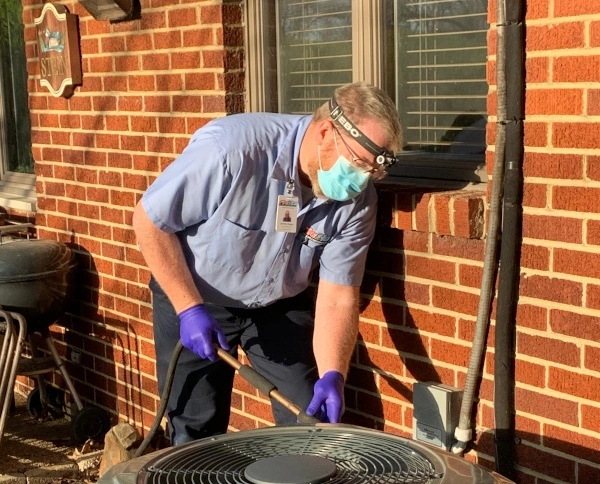


Author:
Revised:
August 15th, 2025
Are you wondering why a service call feels so expensive?
Do you know what drives up the cost long before a technician arrives?
By the end of this article, you'll fully understand what goes into the price of a service visit, what you're actually paying for, and why service companies must charge what they do to stay in business.
The Hidden Business Behind Every Service Call
When you see the technician pull into your driveway, it's easy to focus only on the time they spend in your home. But the reality is: the cost starts accumulating long before they knock on your door.
The Business Engine Supporting Every Visit
- Trained, certified personnel
- Ongoing education and professional development
- Stocked, maintained, and insured service vehicles
- Dedicated support staff and customer service teams
- Office space, equipment, and utilities
- Insurance, licensing, and regulatory compliance
- Sales, marketing, and educational content production
Let's break this down.
1. Technician Wages and Training
Highly Skilled, Highly Regulated
A licensed, certified HVAC technician in Central Ohio earns $60,000 to $90,000 annually depending on experience and certifications like NATE, NADCA, and EPA 608. That covers:
- Initial training programs (HVAC trade schools, manufacturer certifications)
- Ongoing internal training (Fire & Ice HVAC University)
- Safety, code compliance, and diagnostic refreshers
Example: Just like you wouldn't trust an unlicensed surgeon, you shouldn't trust an untrained HVAC tech with your home's safety and comfort systems.
Paid Time Off & Benefits Add to Employment Costs
Employers also cover:
- Health insurance
- Paid vacation and holidays
- Retirement plans
- Worker’s compensation
- Payroll taxes
Illustration: For every $1 paid in wages, an additional $0.25 to $0.40 often goes toward benefits and taxes.
2. Fully Equipped Trucks: Rolling Warehouses
Every service vehicle functions like a mobile parts store and diagnostics lab:
- Ladders, safety equipment, and tools
- Digital diagnostic meters
- Refrigerant handling equipment
- Inventory of common replacement parts
- Truck maintenance: fuel, tires, brakes, oil changes
- Vehicle insurance and depreciation
Illustration: Outfitting a fully stocked service truck can easily exceed $60,000—even before it leaves the lot.
3. Overhead: Business Operations
Beyond field work, businesses maintain complex support systems:
- Office rent, utilities (heat, electricity, internet, phones)
- Administrative staff handling calls, dispatch, billing, HR
- Service management and customer relations
- Computerized scheduling and CRM software
- Legal counsel, accounting, recruitment, and compliance
Illustration: Every technician in the field may require 2-3 office personnel supporting their work behind the scenes.
4. Sales, Marketing, & Customer Education
Acquiring customers isn’t free. Service companies invest heavily to:
- Educate buyers through online articles (like this one!)
- Produce videos answering common homeowner questions
- Maintain websites, SEO, and paid search presence
- Advertise on Google, radio, social media, or billboards
- Pay for lead generation software and platforms
Illustration: Fire & Ice produces over 600+ articles and videos to educate homeowners before they even call—helping buyers make informed decisions.
5. Insurance, Taxes, Compliance, and Fees
No business operates without significant regulatory costs:
- Liability insurance (property damage, injury, fire, theft)
- Professional licensing and permit fees
- Social Security, Medicare, state employment taxes
- Business property taxes
Illustration: For every $1 million in revenue, insurance, taxes, and compliance often consume $150,000+.
6. Modest Profit Margins
After all these expenses, companies still need to turn a profit to remain viable long-term.
- Target net profit: 10%
- Example: On a $500 service bill, a 10% margin leaves just $50 in profit—before paying corporate taxes.
Illustration: A business operating at 10% net profit must gross $10 million annually just to clear $1 million in profit.
Why Diagnostic Visits Carry Full Value
Even if the technician only diagnoses an issue without making a full repair, the investment remains:
- Same salary and benefits
- Same vehicle costs
- Same scheduling and support infrastructure
- Same overhead allocation
That’s why diagnostic service calls include a base charge: you're paying for expert evaluation, not just parts and time.
The Bottom Line: Service Pricing Reflects Real Business Costs
When you hire a qualified HVAC, plumbing, or electrical company, you're not just paying for "time on tools." You're investing in:
- Safety
- Skill
- Reliability
- Availability
- Long-term peace of mind
The price you pay ensures that when you need help, trained professionals will be available—ready, equipped, and capable.
